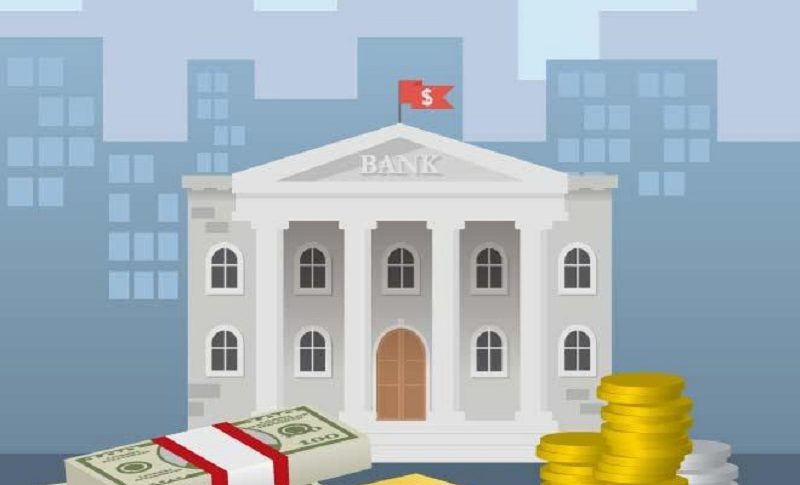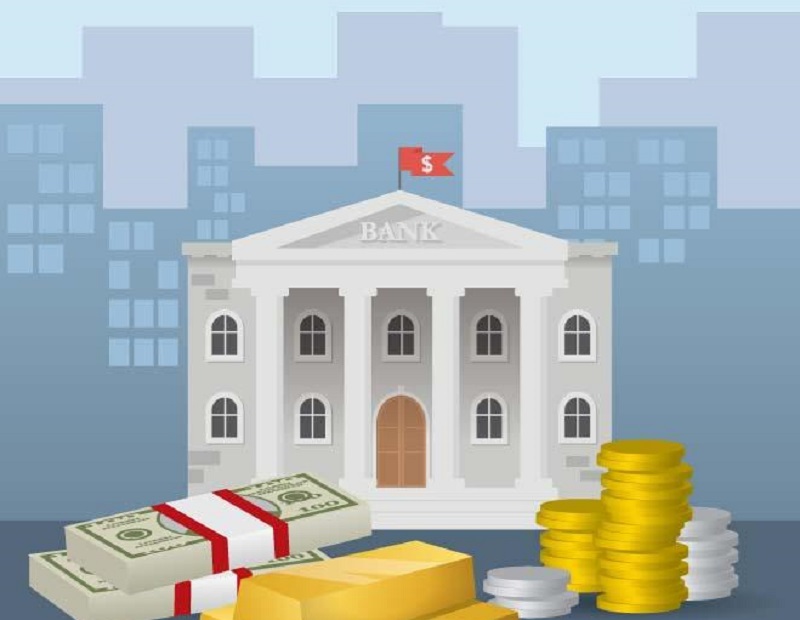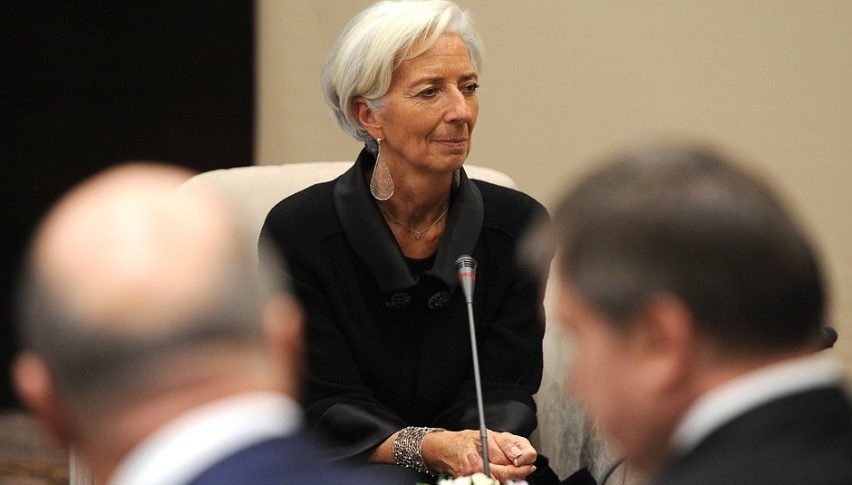2 FED Interest Cuts for 2025 After FOMC Minutes and US March CPI
Yesterday the strong CPI inflation for March report took all the shine, sending the USD higher, but the FOMC minutes added to USD strength

Yesterday the strong CPI inflation for the March report took all the shine, sending the USD higher, but the FOMC minutes also added to the US strength. They confirmed that the FED was considering lowering interest rates in 2024, but they were uncertain due to sticky inflation figures so far in 2024 and a stronger economy, with solid employment.

The US Dollar was already in a strong bullish move, initiated by the CPI (Consumer Price Index) report for June which was released at the start of the US session. But while such a strong move is usually retraced to some degree, yesterday the US Dollar held all the gains and was even trying to push higher as the odds for a June rate ut diminished further following the CPI and the FOMC meeting minutes which are highlighted below:
Highlights from the FOMC Meeting Minutes
- Consumer price inflation continued to decline, but recent progress was uneven.
- Disinflation process was continuing along a path that was generally expected to be somewhat uneven
- Participants generally judged that risks to the achievement of the Committee’s employment and inflation goals were moving into better balance
- Participants generally noted their uncertainty about the persistence of high inflation and expressed the view that recent data had not increased their confidence that inflation was moving sustainably down to 2%
- A few participants remarked that they expected core nonhousing services inflation to decline as the labor market continued to move into better balance and wage growth moderated further
- Participants discussed the still-elevated rate of housing services inflation and commented on the uncertainty regarding when and by how much lower readings for rent growth on new leases would pass through to this category of inflation
- Some participants noted that increased immigration, which had likely been boosting the growth of personal consumption spending, may also have been adding to the demand for housing
- Many participants pointed to indicators such as higher credit card balances, greater use of buy-now-pay-later programs, or rising delinquency rates on some types of consumer loans as evidence that the finances of some lower- and moderate-income households might be coming under pressure
- The economic projection prepared by the staff for the March meeting was stronger than the January forecast. The upward revision in the forecast primarily reflected the staff’s incorporation of a higher projected path for population due to a boost from immigration.
The market sentiment regarding a potential rate cut by the Federal Reserve has shifted. Currently, there is a 50% probability of a rate cut in July, while the likelihood of a rate cut in June has decreased to 20%. Notably, Goldman Sachs has adjusted its prediction, now forecasting a rate cut in July instead of June
Even US President Biden acknowledged that the March inflation report may impact the anticipated interest rate cut by the Federal Reserve. He reiterated his prediction that a rate cut will occur before the year’s end, while the exact timing remains uncertain, which shows that the Biden administration wants higher interest rates and fewer cuts.
- Check out our free forex signals
- Follow the top economic events on FX Leaders economic calendar
- Trade better, discover more Forex Trading Strategies
- Open a FREE Trading Account



